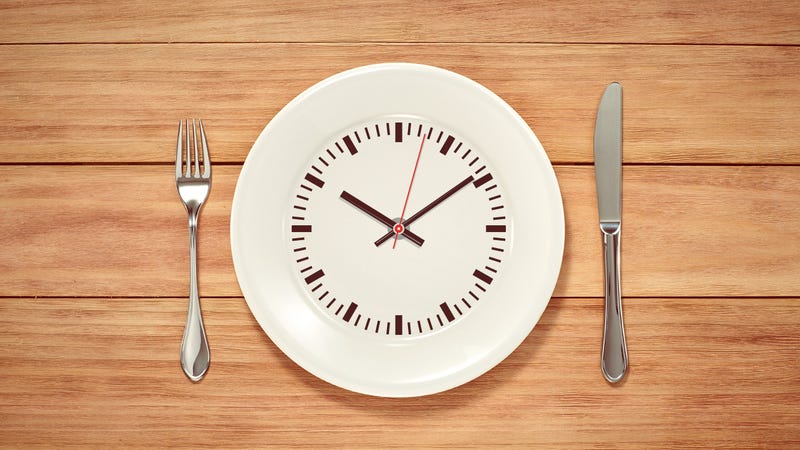Have you ever heard of intermittent fasting (IF)? This is a type of eating style that became popular a few years ago and has stuck around in the health and fitness world. Intermittent fasting technically is an eating pattern that cycles between periods of fasting and eating. Different that most other diet or eating plans, IF doesn't focus much on what to eat as much as it focuses on when to eat. Most commonly, when following this eating pattern, each day consists of fasting for 16 hours, or fasting for 24 hours twice per week.
Intermittent fasting has evolved into many different strategies and time frames, but always shifts between fasting and eating. During the fasting cycles, you eat little to nothing at all for a certain period of time.

- The 16/8 Method
- This method involves skipping your breakfast and restricting your daily eating period to 8 hours per day, which leaves 16 hours of fasting. For example, if you follow this plan, you may only eat between 1:00 PM and 9:00 PM each day and fast all other hours. This method tends to be the most successful and popular due to its ability to be sustained.
- Eat-Stop-Eat Method
- This method is simply fasting for an entire 24 hours, once or twice a week.
- The 5:2 Diet
- On two, non-consecutive days of the week, only eat 500-600 calories the entire day. For the other 5 days of the week, eat normally.
The most common reason people choose to adopt this style of eating is for weight loss. By eating fewer meals, typically that means your caloric intake will also decrease, which means you will lose weight almost immediately. However, in addition to weight loss, intermittent fasting can also help with insulin resistance, inflammation, heart health, cancer, brain health and anti-aging.
No comments:
Post a Comment